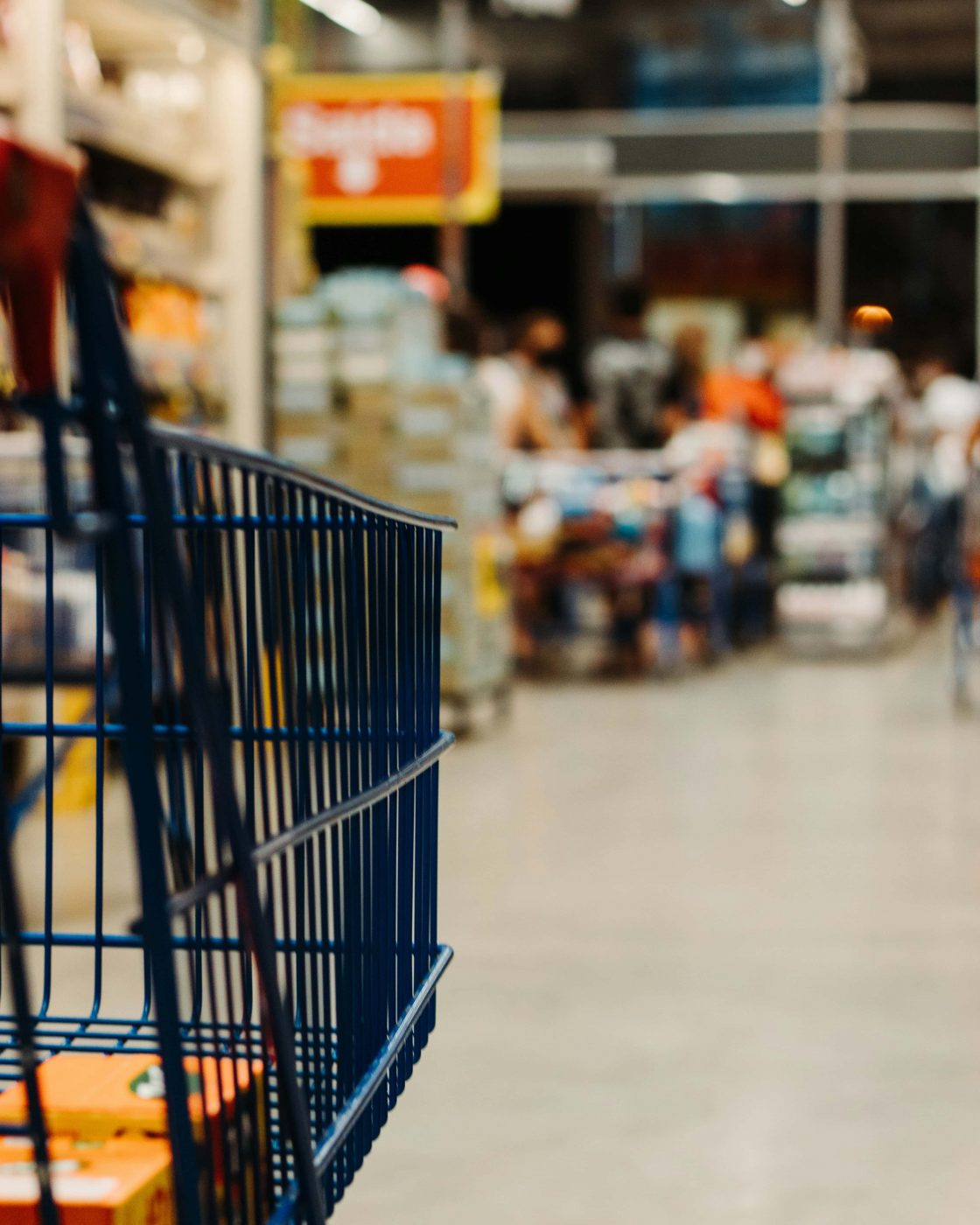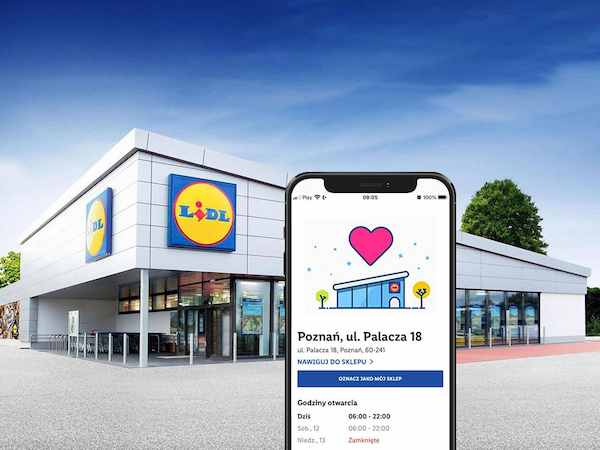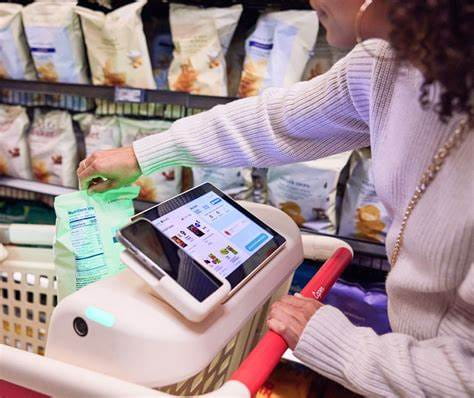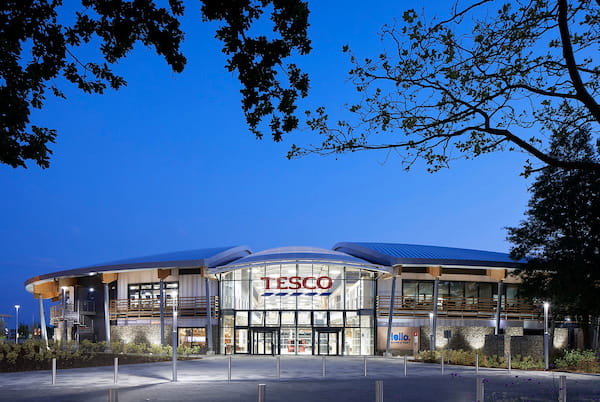As our daily life is marked by technology’s constant evolution, we often believe that digital creates a certain distance in human interactions. AI’s emergence has reinforced this perception among the population.
According to INSEE’s study, the 2,2% increase in the turnover of supermarkets highlights not only a significant opportunity for brands but also the importance of these places for consumers who express their desires to continue to frequent them. It is significant to evaluate how hypermarkets, currently considered welcoming and meeting-friendly spaces, can use digital tools to improve the customer experience while preserving a welcoming environment that encourages social interactions.
As our daily life is marked by technology’s constant evolution, we often believe that digital creates a certain distance in human interactions. AI’s emergence has reinforced this perception among the population.
According to INSEE’s study, the 2,2% increase in the turnover of supermarkets highlights not only a significant opportunity for brands but also the importance of these places for consumers who express their desires to continue to frequent them.
It is significant to evaluate how hypermarkets, currently considered welcoming and meeting-friendly spaces, can use digital tools to improve the customer experience while preserving a welcoming environment that encourages social interactions.
Based on a study by Opinionway, 84% of French consumers feel that hypermarkets have a societal duty. These large stores are not just frequented for shopping needs, but also as a place to maintain social relationships, in both rural and urban areas. Indeed, these places play a key role in local life, contributing to a positive and sociable environment. They have beyond just commerce to become a meeting and exchange venue for the community.
This social aspect of hypermarkets is essential, especially in the age of digitalization and rapid urbanization, which can lead to isolation. Its significance is highly evident, not just in France but globally, and across all generations. Especially GenZ consumers are not ready to give up the in-store shopping experience. For instance, in the United States, 60% of Generation Z frequent shopping malls to socialize.
Based on a study by Opinionway, 84% of French consumers feel that hypermarkets have a societal duty. These large stores are not just frequented for shopping needs, but also as a place to maintain social relationships, in both rural and urban areas. Indeed, these places play a key role in local life, contributing to a positive and sociable environment. They have beyond just commerce to become a meeting and exchange venue for the community.

Credit: Eduardo Soares, Unsplash
This social aspect of hypermarkets is essential, especially in the age of digitalization and rapid urbanization, which can lead to isolation. Its significance is highly evident, not just in France but globally, and across all generations. Especially GenZ consumers are not ready to give up the in-store shopping experience. For instance, in the United States, 60% of Generation Z frequent shopping malls to socialize.
(Stylus : Remastering the mall new engagement strategies)
Based on a study by Opinionway, 84% of French consumers feel that hypermarkets have a societal duty. These large stores are not just frequented for shopping needs, but also as a place to maintain social relationships, in both rural and urban areas. Indeed, these places play a key role in local life, contributing to a positive and sociable environment. They have beyond just commerce to become a meeting and exchange venue for the community.
This social aspect of hypermarkets is essential, especially in the age of digitalization and rapid urbanization, which can lead to isolation. Its significance is highly evident, not just in France but globally, and across all generations. Especially GenZ consumers are not ready to give up the in-store shopping experience. For instance, in the United States, 60% of Generation Z frequent shopping malls to socialize.
(Stylus : Remastering the mall new engagement strategies)

Credit: Eduardo Soares, Unsplash
(Stylus : Remastering the mall new engagement strategies)
The incorporation of digital technologies in hypermarkets is not just a simple innovation, but also aims to significantly enhance the customer experience, making transactions smoother and more efficient. Although consumers appreciate technological progress, they still and will continue to value human interaction during their visits to hypermarkets. This underscores the need to balance digital innovations and personalized customer experience.
In Germany, the leading hypermarket chain, Lidl, has developed an application – Lidl Plus – to optimize its customers’ in-store shopping experience.
The incorporation of digital technologies in hypermarkets is not just a simple innovation, but also aims to significantly enhance the customer experience, making transactions smoother and more efficient. Although consumers appreciate technological progress, they still and will continue to value human interaction during their visits to hypermarkets. This underscores the need to balance digital innovations and personalized customer experience.
In Germany, the leading hypermarket chain, Lidl, has developed an application – Lidl Plus – to optimize its customers’ in-store shopping experience.

Credit: Lidl.pl

Credit: Lidl.pl
With a daily user base exceeding 786,500, Lidl Plus ranks first among the most downloaded and used applications in the retail sector. It notably provides a catalog feature that enables users to explore exclusive deals, promotional deals, and new arrivals. The app also offers the possibility to create and manage their own real-time shopping time lists, as well as locate their nearest Lidl store via geolocation. In some countries, the German chain has introduced an additional feature called “Scan & Go,” which lets customers scan their items directly from their smartphones, making the checkout process quicker and more convenient.
With a daily user base exceeding 786,500, Lidl Plus ranks first among the most downloaded and used applications in the retail sector. It notably provides a catalog feature that enables users to explore exclusive deals, promotional deals, and new arrivals. The app also offers the possibility to create and manage their own real-time shopping time lists, as well as locate their nearest Lidl store via geolocation. In some countries, the German chain has introduced an additional feature called “Scan & Go,” which lets customers scan their items directly from their smartphones, making the checkout process quicker and more convenient.
Credit : Lidl.pl
With a daily user base exceeding 786,500, Lidl Plus ranks first among the most downloaded and used applications in the retail sector. It notably provides a catalog feature that enables users to explore exclusive deals, promotional deals, and new arrivals. The app also offers the possibility to create and manage their own real-time shopping time lists, as well as locate their nearest Lidl store via geolocation. In some countries, the German chain has introduced an additional feature called “Scan & Go,” which lets customers scan their items directly from their smartphones, making the checkout process quicker and more convenient.
Increasingly, users are using AI (like Chat GPT) to make their daily lives easier. Many brands are embracing this new consumption trend, including the company Instacart. In collaboration with the Geissler group, they have optimized the customer experience using Caper’s smart shopping carts. These carts use artificial intelligence to automatically identify the products placed in them. Customers can also use their loyalty account, giving them access to customized promotions. This initiative aims to make shopping easier, efficient and personalized while minimizing in-store queues and congestion. This partnership aids in crafting an innovative omnichannel experience for the brand’s customers.
Increasingly, users are using AI (like Chat GPT) to make their daily lives easier. Many brands are embracing this new consumption trend, including the company Instacart. In collaboration with the Geissler group, they have optimized the customer experience using Caper’s smart shopping carts. These carts use artificial intelligence to automatically identify the products placed in them. Customers can also use their loyalty account, giving them access to customized promotions. This initiative aims to make shopping easier, efficient and personalized while minimizing in-store queues and congestion. This partnership aids in crafting an innovative omnichannel experience for the brand’s customers.

Credit: Carper.ai

Credit: Carper.ai
Increasingly, users are using AI (like Chat GPT) to make their daily lives easier. Many brands are embracing this new consumption trend, including the company Instacart. In collaboration with the Geissler group, they have optimized the customer experience using Caper’s smart shopping carts. These carts use artificial intelligence to automatically identify the products placed in them. Customers can also use their loyalty account, giving them access to customized promotions. This initiative aims to make shopping easier, efficient and personalized while minimizing in-store queues and congestion. This partnership aids in crafting an innovative omnichannel experience for the brand’s customers.
Credit : Carper.ai
To fulfill this growing need, hypermarkets must not only adopt innovative technologies, but also design spaces that encourage human interactions. Tesco is one of the brands that has grasped this trend and is seeking to create areas that stimulate social interactions. Hence, the British retailer collaborated with International Workplace Group to transform sections of its stores into coworking spaces. This innovative approach achieves two-fold objectives. On one side, it enables Tesco to maximize its space usage by turning its extra areas into offices designed for hybrid work, a trend that is becoming increasingly widespread with the evolution of the work environment. On the other hand, this initiative offers an additional platform for social interactions. These coworking spaces serve as a gathering and collaboration spot for professionals across various industries, thus promoting exchanges and sharing of ideas.

Credit: OFFICELONVIN’

Credit : OFFICELONVIN’

Credit : OFFICELONVIN’
This initiative reflects Tesco’s desire to revamp its hypermarket strategy to better align with the current consumer expectations, which go beyond just commercial transactions and incorporate social and community facets.

Credit: OFFICELONVIN’
This initiative reflects Tesco’s desire to revamp its hypermarket strategy to better align with the current consumer expectations, which go beyond just commercial transactions and incorporate social and community facets.
As technology advances and artificial intelligence emerges, hypermarkets have successfully navigated a balance between embracing these innovations and fulfilling consumer’s desire for social interactions. These actions show that hypermarkets are not just commercial entities. They also serve as places of living and sharing. Even with the rise of digital technology, hypermarkets still play a key role as places for social connection and exchange, demonstrating that technological progress and human interaction can seamlessly coexist in the retail industry.
As technology advances and artificial intelligence emerges, hypermarkets have successfully navigated a balance between embracing these innovations and fulfilling consumer’s desire for social interactions. These actions show that hypermarkets are not just commercial entities. They also serve as places of living and sharing. Even with the rise of digital technology, hypermarkets still play a key role as places for social connection and exchange, demonstrating that technological progress and human interaction can seamlessly coexist in the retail industry.
To discover more trends, download right now our 2024 Useful Design Trends report.
Do you have a challenge, a project, something else, for which you need support?
To discover more trends, download right now our 2024 Useful Design Trends report.
